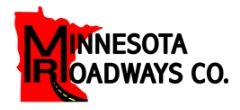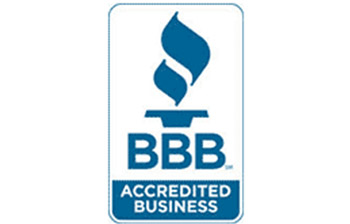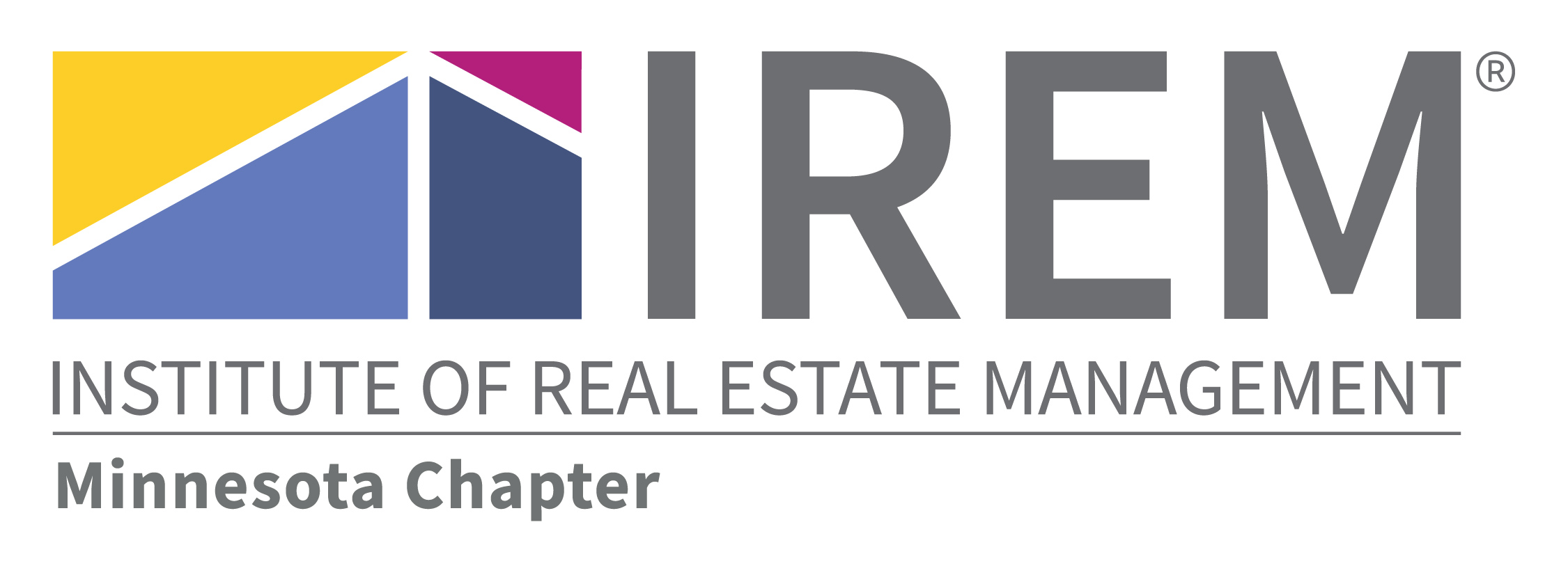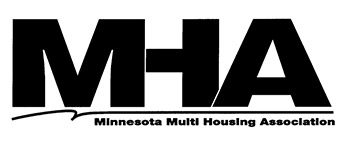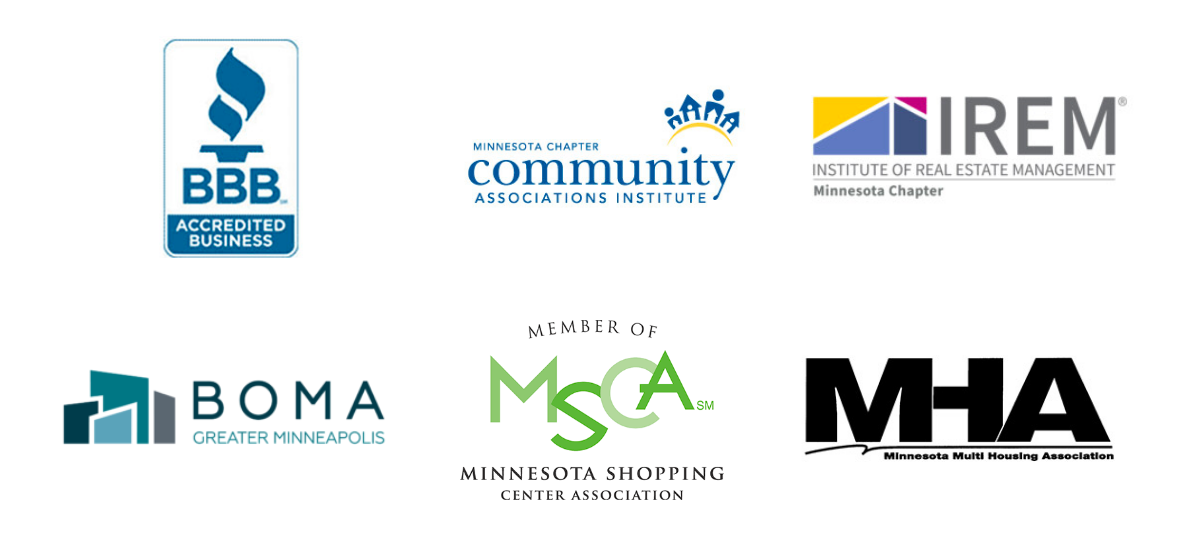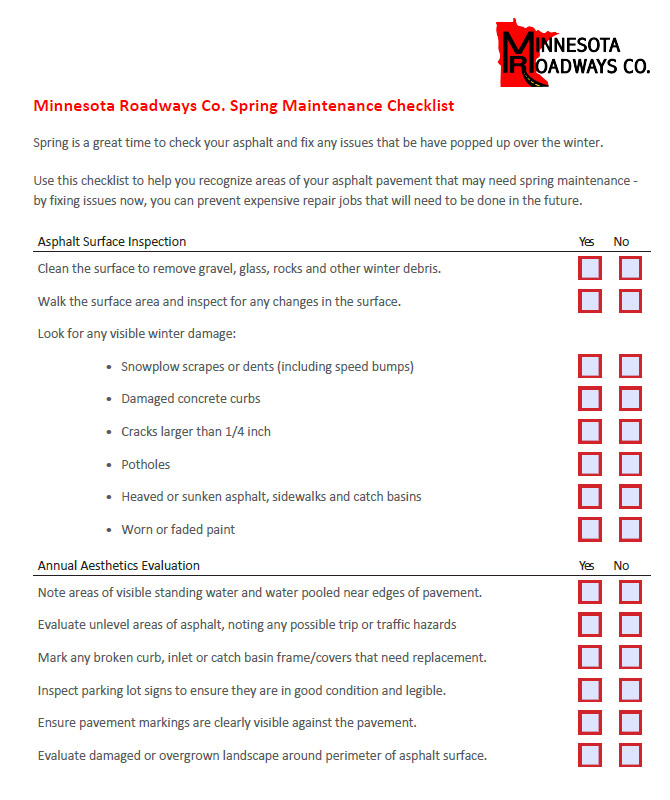Asphalt Repairs
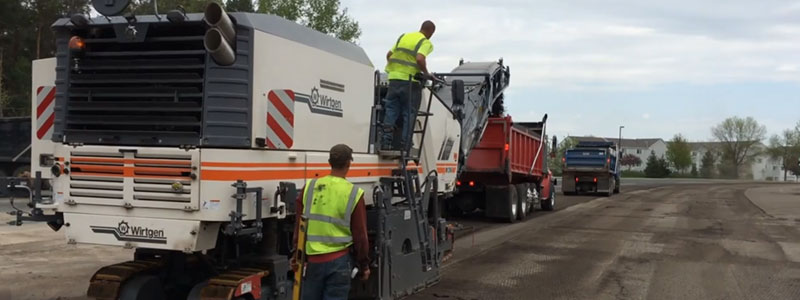
Asphalt patching strengthens weak areas and extends the overall life of your asphalt surface. We offer several methods of asphalt repair, and the type we recommend for your project will depend on the condition of the overall surface and the extent of deterioration. After patching has been completed, we recommend seal coating your parking lot to protect against further damage.
Asphalt Repair Methods
- Pothole Patching – This involves clearing the potholes of all debris, installing new asphalt mix, and compacting the area. Pothole patching can be done year-round using hot or cold mix, but it is a short-term repair. Although it is quick and inexpensive, it does not correct the underlying problem and is a temporary solution.
- Mill Patch Repairs – This option is recommended for moderately broken areas where the condition of the base materials is not a concern. Mill patch repairs involve grinding off the top layer of asphalt, typically 2-3”. The area is then cleaned, and tack coated to ensure a good bond. New hot mix asphalt is installed and compacted to provide a solid surface with clean straight edges and flush seams.
- Dig Out Repairs – When an area of asphalt has completely failed, it is recommended that you remove the full thickness of asphalt down to the base material. A new asphalt surface is then installed per recommended specifications. This is the most long-term repair listed.
- Infrared Thermal Patching – Infrared patching uses a panel that heats existing pavement to 325 degrees, penetrating the top 3-4″ of asphalt. After raking the heated area and adding new hot asphalt mix, it is compacted with a roller. One advantage of this type of repair is that it blends nicely with the surrounding pavement.
- Crack Sealing – This is a method where hot sealant is applied to cracks to prevent water intrusion. The existing cracks are routed to create a clean-cut reservoir which aids in effective bonding and proper application of the sealant. The cracks are cleaned out using high-pressure air before they are filled with Mn/DOT spec 3723 rubber sealant.
